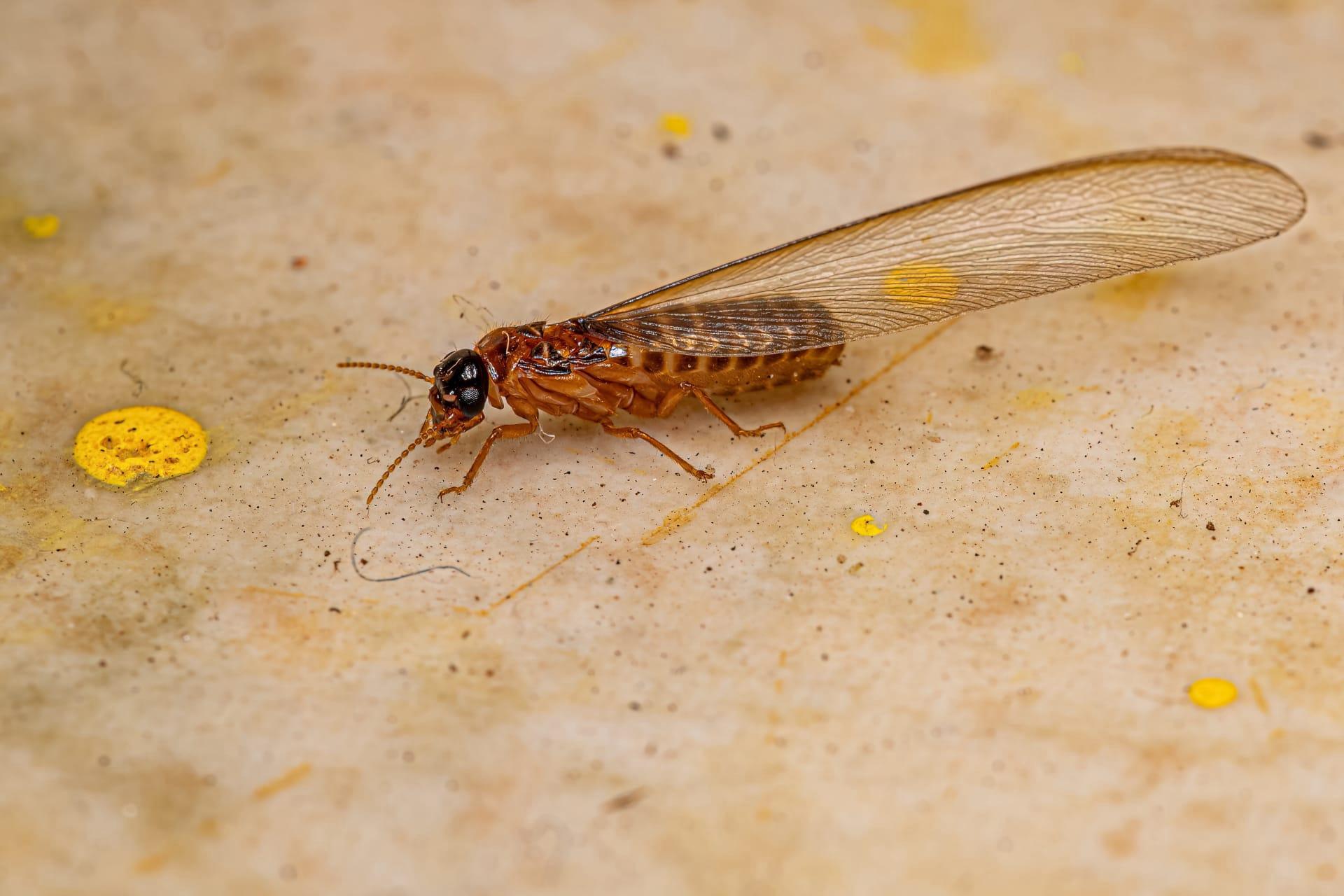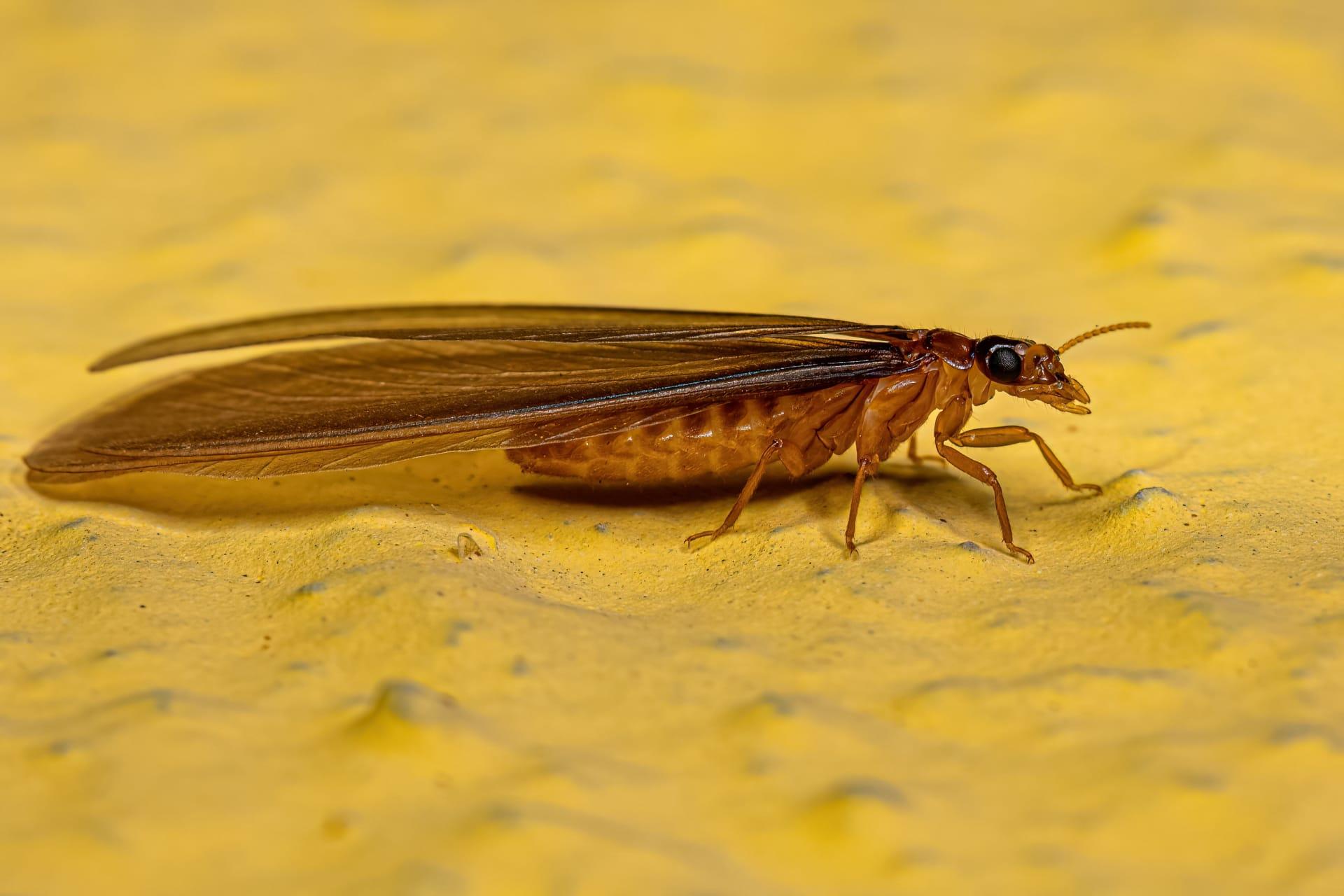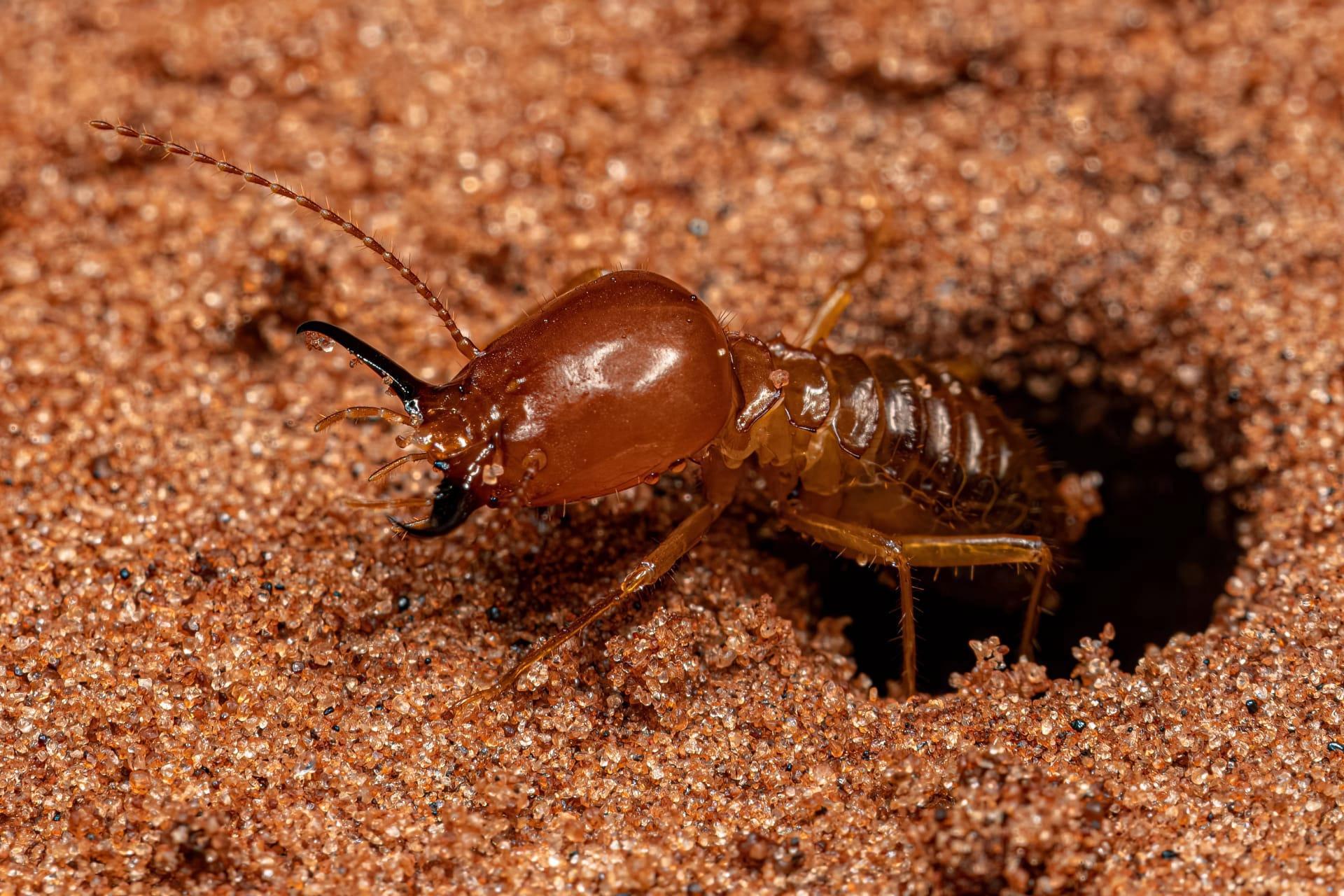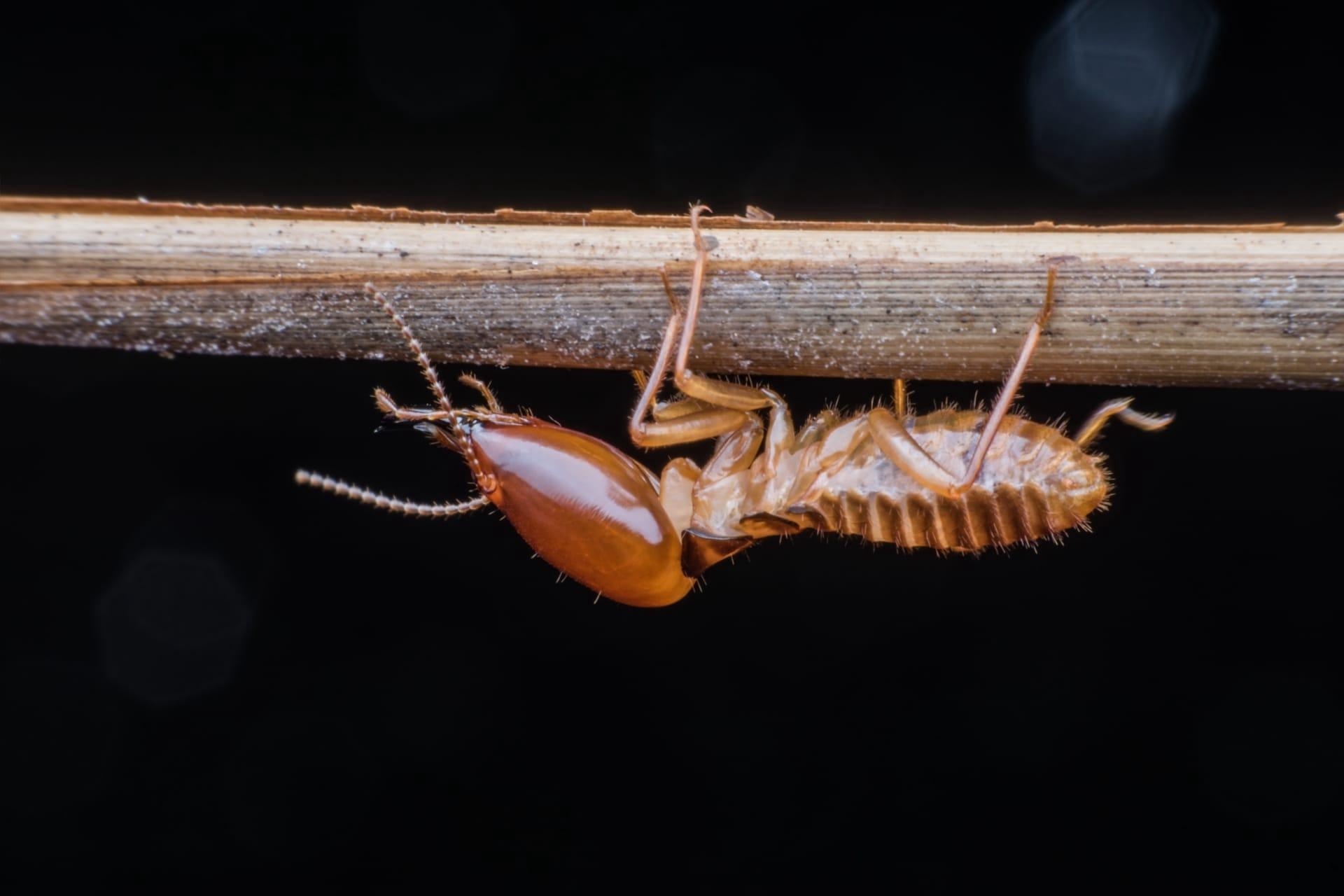Termites
- Home /
- Mini Encyclopedia /
- Animal /
- Termites
1
Termites, those little critters often mistaken for white ants, belong to the order Blattodea, which also includes cockroaches. This order is divided into various families, with Termitidae being the most prominent, housing the majority of termite species. These fascinating insects have been categorized into over 2,600 species spread across multiple genera. Each species has its unique traits, but all share common characteristics that classify them within this distinct order. Their classification is based on various factors, including their feeding habits, nesting behaviors, and physical characteristics. For instance, subterranean termites, which build their colonies underground, are known for causing significant damage to human structures.
When it comes to distribution, termites are true global citizens, albeit with a preference for warm, humid climates. They are predominantly found in tropical and subtropical regions, but their presence is also noted in temperate zones. Africa, Australia, and South America boast some of the highest termite diversities, with these regions offering the ideal conditions for termites to thrive. In the United States, termites are more commonly found in the southern states, where the climate is more conducive to their lifestyle. Interestingly, termites are absent from Antarctica, which is the only continent where they haven't established a presence, due to its inhospitable cold environment.

2
One common misconception about termites is that all termites are inherently harmful to human structures. People often believe that the mere presence of termites equates to significant damage to their homes.
However, the truth is more nuanced. While it's true that some termite species, like the subterranean and drywood termites, can cause extensive damage to wooden structures, not all termites are wood-destroyers. Many species of termites feed on dead wood and debris, playing a crucial role in nutrient recycling in their ecosystems. Moreover, the majority of termite species actually live in habitats far removed from human dwellings, such as forests and grasslands, where they contribute positively to their environments. It's only a small fraction of termite species that are considered pests.

3
Termites have developed intricate survival strategies that allow them to thrive in diverse environments. One key strategy is their social structure, which is characterized by a caste system comprising workers, soldiers, and reproductive individuals. This highly organized system ensures efficient division of labor and survival of the colony. Workers are responsible for foraging, feeding, and taking care of the young, while soldiers protect the colony from threats. The reproductive caste, including the king and queen, is central to the colony's growth and continuity.
Another remarkable survival strategy is their ability to digest cellulose, the primary component of wood, thanks to symbiotic microorganisms in their guts. This ability allows termites to utilize a vast and relatively untapped food resource. Some species have even evolved to cultivate fungal gardens within their nests, breaking down plant material more efficiently. Furthermore, termites are adept at constructing sophisticated mounds and tunnels that regulate temperature and humidity, creating optimal living conditions within their colonies.

4
In ecosystems, termites play pivotal roles that often go unnoticed. They are key decomposers, breaking down dead wood and plant material, which recycles nutrients back into the soil. This process is crucial for soil health and fertility, supporting plant growth and maintaining the balance of forest and savannah ecosystems.
Termites also influence water infiltration and soil structure. Their tunnels create pathways that allow water to penetrate deeper into the soil, improving its hydration and reducing erosion. The aeration of soil through termite activity helps in root penetration and growth, benefiting a wide range of plants. Moreover, by altering the physical and chemical composition of the soil, termites can even influence the types of plants that grow, shaping the landscape and biodiversity of their habitats.

5
Film: One notable documentary that delves into the fascinating world of termites is "The Hidden Kingdom of Termites," produced in the United States in 2015. This documentary offers viewers an intimate look into the complex and highly organized societies of termites. It showcases their architectural prowess in mound building, their ecological roles, and the challenges they face within their colonies and from the external environment.
Book: "The Life and Times of the Termite" is a compelling read authored by Charles Darwin, published in the United Kingdom in 1881. Darwin's work meticulously documents his observations and experiments with termites, highlighting their social structures, behaviors, and the evolutionary significance of their symbiotic relationships with microorganisms.
Book: Another significant contribution to termite literature is "Termites: Architects of the Earth" by Jennifer Owen, published in Australia in 1997. Owen's book provides a comprehensive overview of termite biology, ecology, and their indispensable role in ecosystems. Through detailed research and vivid descriptions, the book paints a picture of termites not just as pests, but as vital contributors to environmental health and biodiversity.